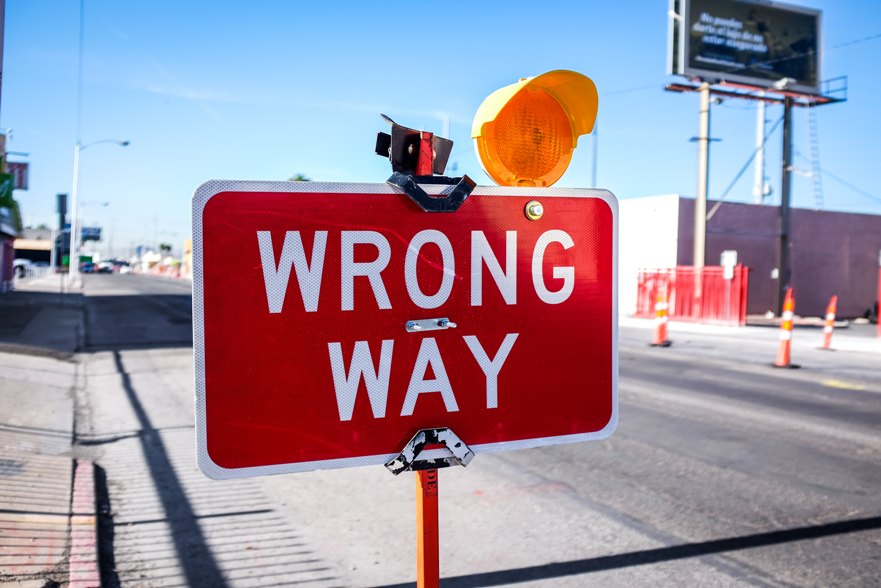Five Ticketing Automation Mistakes Community Theatres Make
 If you are a community theatre and have decided to automate your box office operations, here are five ticketing errors to avoid.
If you are a community theatre and have decided to automate your box office operations, here are five ticketing errors to avoid.
1) Skipping Steps
Once a community theatre has decided to acquire a ticketing and box office system, it is tempting, as a first step, to start looking at what systems are available and all their features and functions. If you start with this, without defining your requirements and thinking about how you want to do ticketing, the system you select may or may not meet your requirements.
In our e-book: 5 Steps to Selecting a Ticketing System, we identify the following five steps:
- Prepare
- Define Your Ticket Pricing Strategy
- Define Your Requirements
- Identify Vendors
- Select from the Short List
Note that identifying vendors and selecting is the last step. To maximize your chances of selecting a system that is right for you, is critical to identify your set of requirements, consider how you want to do ticketing (card stock tickets, print at home tickets, text tickets, mobile, etc.), and identify your strategy for pricing your tickets.
Within that context, you are more likely to choose a system that you and your customers will be happy with.
2) Selecting a system too slowly
Selecting a box office system does not need to take a long time. As a community theatre, you do not need to forgo ticketing and box office automation, even if you need to be selling tickets within a day or so. We recommend completing the five steps identified above within the time frame you have available. Steps 1 through 4 can be done within an afternoon if required by assembling your management and thinking through the questions. We have prepared worksheets for each of these steps in the document referenced above.
Step five – identify vendors and select – should take some time, but again, if you do not have a lot of time, it is better to proceed with the automation than to continue with error-prone and time-consuming manual processes. A particularly good approach if you are rushed is to sign-up for a free trial or at least not sign a long-term contract. To help identify vendors we have created a list of 100 ticketing vendors.
And check popular weekly ads:
Kroger Weekly Ad, Target Ad, Walgreens weekly Ad, Meijer weekly Ad
Aldi Catalogue, Aldi Catalogue, Big w Catalogue, Bunnings Catalogue
3) Paying way too much for system
Many years ago, it was necessary to pay a lot for a ticketing and box office system – several dollars per ticket was a normal charge. That’s too expensive! Say you are running 10 performances of your show and you sell on average 400 tickets for each performance for a total of 4000 tickets. If you are paying, say $1.50 per ticket, that is a fee of $6,000 for your theatre ticketing software for that event. That’s too expensive!
As a community theatre, there is absolutely no reason why you should pay your ticketing software vendor more than you pay your set designer, choreographer, orchestra, performers or any other party involved in your production.
There are many ticketing systems, including our own TicketPeak, that charge significantly less than one dollar per ticket. The list of ticketing vendors referenced above, lists the fees for those vendors who publish their pricing on their website.
4) Thinking the system is free because customers are paying for it
Another tempting mistake is to think the ticketing and box office system is free because the pricing model of the ticketing vendor is to charge your customers a service fee, rather than charging the community theatre. If your customers are paying, say $1.50 per ticket, the system is still costing $6,000 in the scenario above. As a community theatre, you would not want to be charging your community these outrageous fees.
Most ticketing systems allow you to charge service fees if you want but allow you to make the decision yourself as to whether you will charge them and how much they will be. And those service fees should go directly to your community theatre.
5) Shiny New Objects
A tempting mistake, particularly for those community theatres who skip the steps of defining requirements is to be swayed by “shiny new objects” as presented by the ticketing software firms. By “shiny new objects”, we mean features or functions using new and cool technology that looks fascinating, but isn’t really required by you or your ticket buyers.
Some of the latest technologies in ticketing include the following:
-
- social ticketing
- mobile ticketing
- dynamic pricing
- near field communication (NFC) and RFID
Some of these may indeed be quite valuable to certain community theatres. The point is to assess your particular requirements and decide whether such technology helps you achieve your objectives.
We’d love to hear your thoughts on these or any experiences you have had!
Tags
Online Event Ticketing Platform | Event Ticketing Platform | Event Ticketing Service | Buy Ticketing System | Best Event Ticketing Services | Event Ticketing Services | Ticketing Platforms for Events | Online Event Ticketing Services | Online Ticketing for Events | Free Online Event Ticketing System


